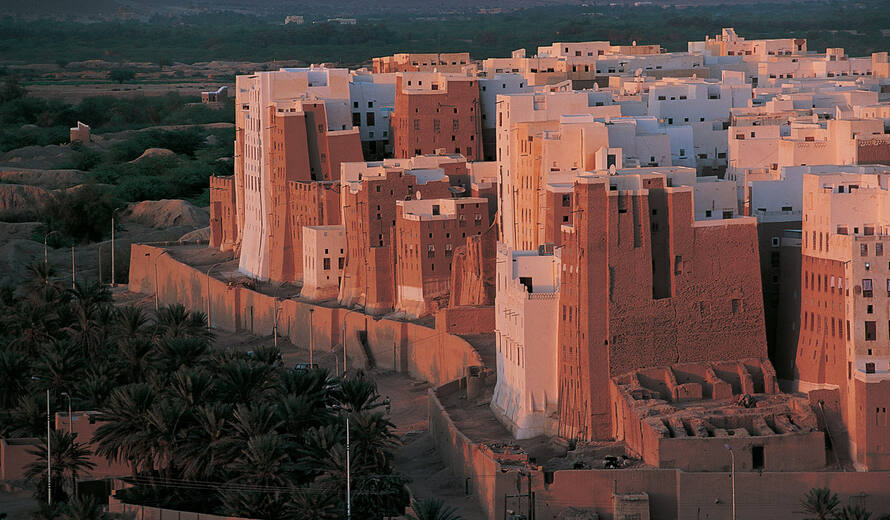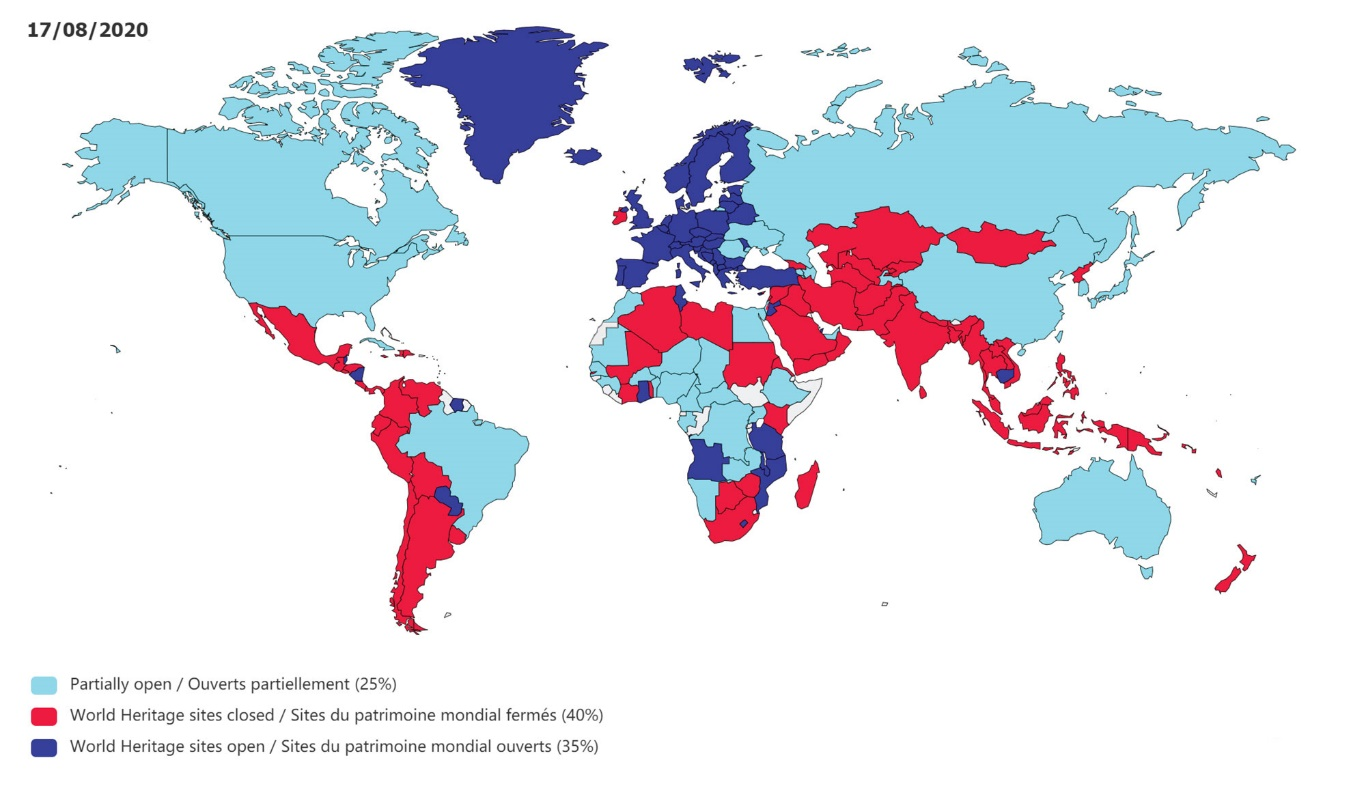
News
UNESCO Mobilizes Funds and Expertise to Safeguard Yemen’s Cultural Heritage

Old Walled City of Shibam (Yemen) © Editions Gelbart / Jean-Jacques Gelbart
UNESCO profoundly regrets the loss of life and property in a number of historic centers in Yemen, including in the World Heritage sites of Zabid, Shibam, and Sana’a, in recent days following exceptional extreme weather conditions in the country.
The resulting damage is endangering the lives of the inhabitants of these historic centers, leaving some of them without adequate shelter and exacerbating the already-dire situation for many others. The weather conditions also threaten the survival of Yemen’s unique cultural heritage, which is a testimony of human creativity and adaptability to the country’s varied landscape and environmental conditions.
UNESCO acknowledges the need for collective efforts to avoid further losses and implement risk mitigation mechanisms to ensure that the inhabitants of these historic centers can continue to live and conserve their heritage as they have done for centuries. Along with its international partners, UNESCO has been mobilizing resources and expertise to safeguard Yemen’s cultural heritage by implementing a number of projects with a focus on urban rehabilitation of private houses and capacity building for the local authorities.
The Yemeni historical centers of Aden, Sana’a, Shibam, and Zabid are benefitting from an ongoing cash-for-work project funded by the European Union and implemented in partnership with the Social Fund for Development (SFD) and specialized local authorities. The project activities actively safeguard private houses and public spaces in the four cities and create income opportunities for 4,000 youth inhabitants, with more than 30 ongoing working sites in the Old City of Sana’a alone. The three-year project is continually adapting to the changing needs of the targeted cities.
UNESCO has been mobilizing the Heritage Emergency Fund to quickly and effectively respond to crises resulting from armed conflicts and disasters in the country. Along with our partners, the organization has intervened in Al-Qasimi area of the Old City of Sana’a and the Historic Town of Zabid to save 30 buildings from collapse. Following the heavy flash floods of April 2020 in Sana’a, the second phase of intervention has been launched with technical studies of residential areas located mainly on the west bank of Al-Sailah, which will be followed with rehabilitation activities scheduled to be launched in partnership with the Public Works Project (PWP) and GOPHCY.
UNESCO continues to closely follow the situation and coordinate with its local partners to assess the needs and mobilize adequate resources and expertise.
Monitoring World Heritage site closures
Introduction to the global map on the closure of World Heritage sites due to Covid-19 and analysis.
In the wake of the Covid-19 pandemic, many governments have taken measures to restrict movements of people and access to certain areas.
This includes the closure of natural and cultural World Heritage sites in the 167 countries they are located in. Please consider the following when reviewing the map:
· The World Heritage Convention has been ratified by 193 States Parties but only 167 countries have properties on UNESCO’s World Heritage List;
· The List includes a total of 1,121 natural, cultural and mixed World Heritage sites;
· In some countries with federal systems there may be a different approach for certain areas within the country;
· For some types of sites such as city centres, urban ensembles or agricultural landscapes access may be still possible to certain public areas of the sites, while other parts of the site may be closed, including site museums, visitor centres, religious or emblematic buildings;
· For some countries, sites are being re-opened, such as in China;
|
|
3 August 2020 |
17 August 2020 |
Difference |
|
Open |
34% |
35% |
+ 1 point |
|
Closed |
40% |
40% |
= |
|
Partially open |
26% |
25% |
- 1 point |
While sites are closed, monitoring activities by site management may continue,
· especially for natural sites, including by anti-poaching units, monitoring by satellite images or drones and emergency interventions, for example in case of fires.

167States Parties with WorldHeritage properties; 66countries have closed sitestotally; 59countries kept their sites open; 42countries with partial closure
Analysis
The map displaying the 167 States Parties with World Heritage properties show that 66 (= 40%) countries have closed sites totally, whereas 59 (= 35%) countries kept their sites open. For 42 countries (25%) partial closure has been indicated, which includes countries that are re-opening World Heritage places slowly after the crisis.
The information on the map, based on the major trends observed at the national levels, will be further updated on a weekly basis, as new data comes in.
We would like to thank all our partners in the field for their collaboration.



